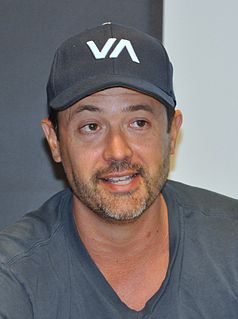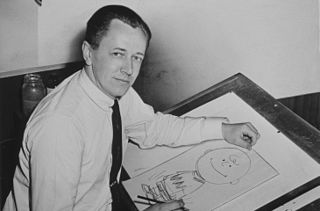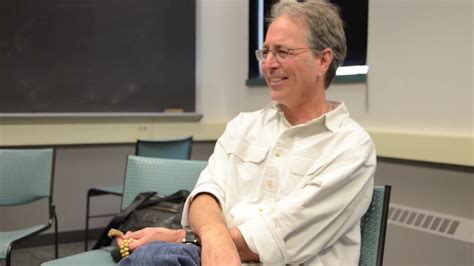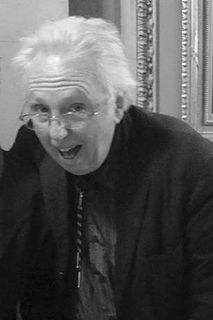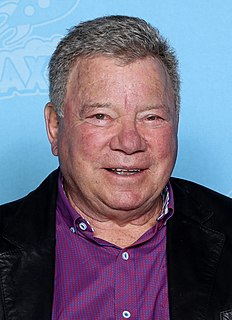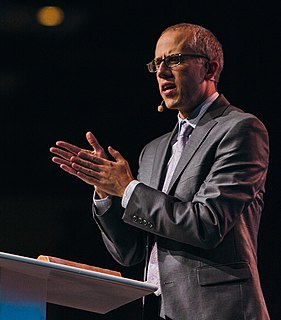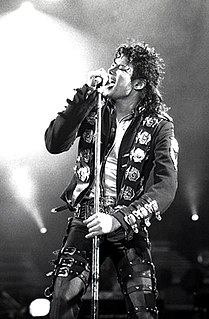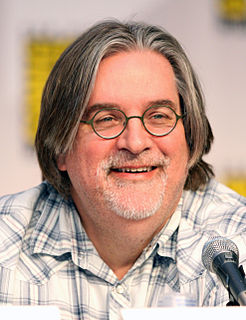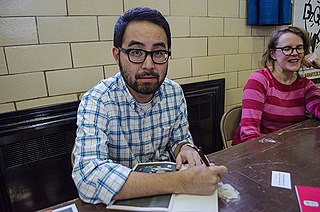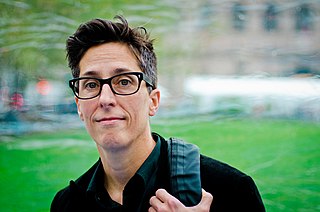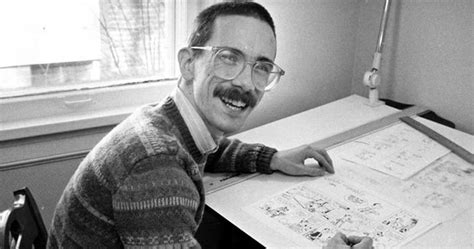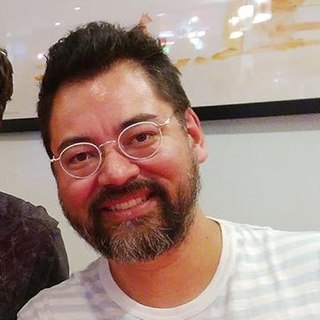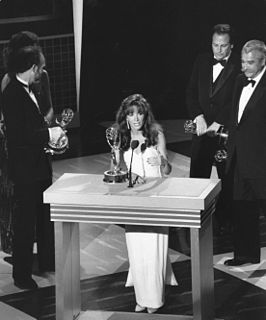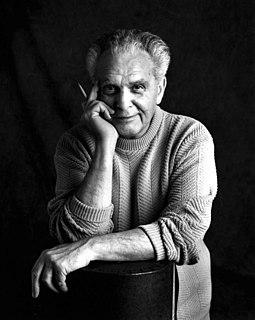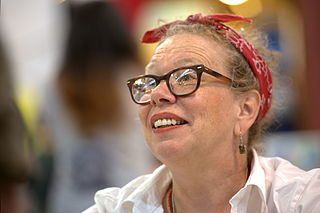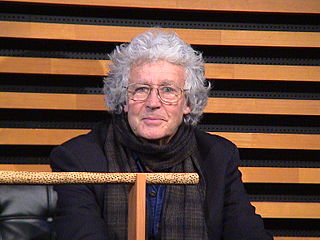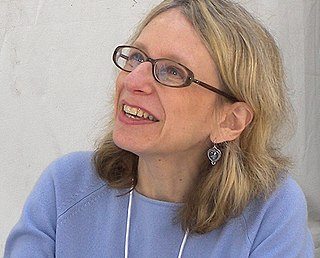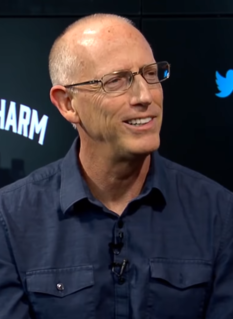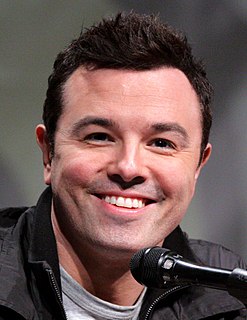A Quote by Stephan Pastis
You can write a little and can draw a little, but there's necessarily a limitation on both in a comic strip, since it appears in such a tiny space.
Quote Topics
Related Quotes
This is what I tell my students: step outside of your tiny little world. Step inside of the tiny little world of somebody else. And then do it again and do it again and do it again. And suddenly, all these tiny little worlds, they come together in this complex web. And they build a big, complex world.
Taking a comic strip character is very hard to write. Because comics are meant to work in one page, to work in frames with minimalistic dialogue. And a lot of it is left to the imagination of the reader. To do that in film, you've got to be a little more explanatory. And that requires a good screenplay and good dialogue.
Holiness is the sum of a million little things — the avoidance of little evils and little foibles, the setting aside of little bits of worldliness and little acts of compromise, the putting to death of little inconsistencies and little indiscretions, the attention to little duties and little dealings, the hard work of little self-denials and little self-restraints, the cultivation of little benevolences and little forbearances.
